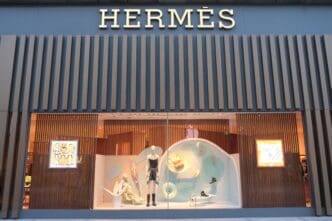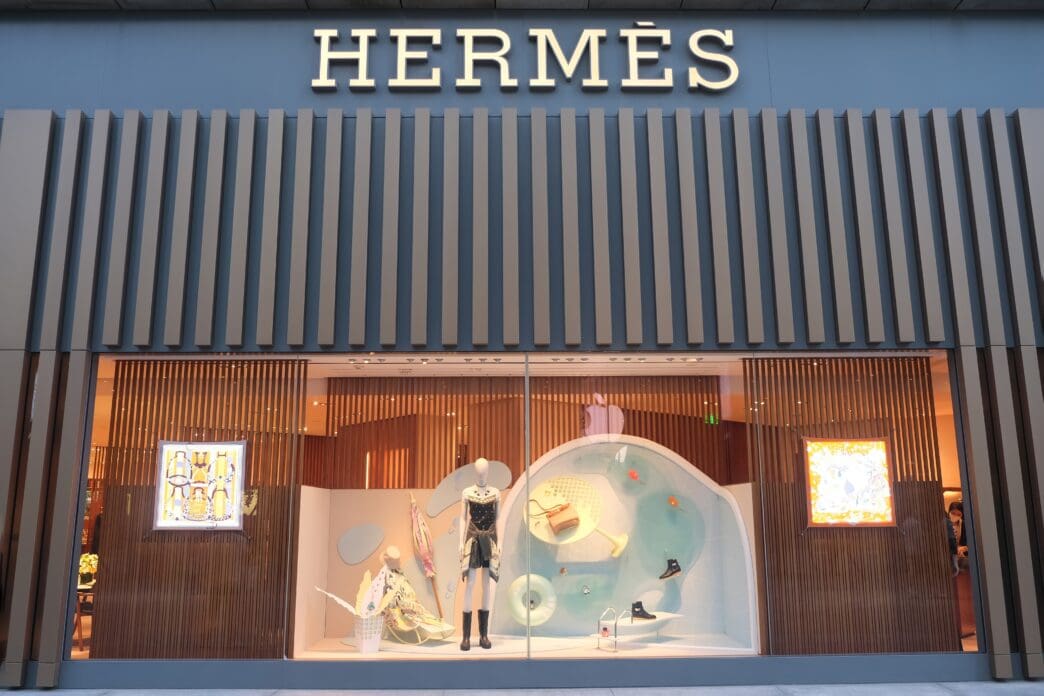Executive Summary
The Story So Far
Why This Matters
Who Thinks What?
Hermes, the luxury goods maker known for its Birkin bags, reported a 9.6% increase in third-quarter sales, signaling a cautious improvement in demand from the key Chinese market. Despite outperforming many peers, the company’s shares fell 3% in early Paris trading on Wednesday as investors redirected their focus towards other luxury brands. Sales of leather goods, including its iconic handbags, rose 13.3% during the period.
Chinese Market Outlook
Finance chief Eric de Halgouet noted a “very slight improvement” in the third quarter for China, citing stabilizing real estate prices in major cities and positive stock market trends. This cautiously optimistic assessment follows similar remarks from luxury rivals LVMH and L’Oreal regarding the Chinese market, which accounts for approximately a third of global luxury sales.
Performance Details
For the three months ending September, Hermes’s sales reached 3.88 billion euros ($4.52 billion). This growth, while robust, was slightly below analyst expectations of 10%, according to a Visible Alpha consensus cited by UBS. The company’s prized leather goods segment, which constitutes nearly half of its annual sales, was a strong performer.
Geographic Trends and Investment
Beyond China, Hermes observed increased store foot traffic in the United States, with consistent growth across all regions. The company plans to continue its investments in the U.S. market, having recently opened a new store in Nashville.
Investor Reaction and Industry Context
The 3% decline in Hermes shares suggests some investors are finding the company’s consistent performance less compelling compared to “turnaround stories” at other players, according to Jeffries analysts. While Hermes briefly surpassed LVMH in market capitalization earlier this year, its shares have seen a 3% dip over the past three months, contrasting with LVMH’s 31% rise and Kering’s 65% increase.
Hermes has generally navigated the broader luxury downturn more effectively than competitors, largely due to its exclusive leather goods and its strategy of tightly controlled production, maintaining a steady 6-7% increase annually. However, the high-end fashion sector as a whole continues to face challenges in China amidst a property crisis and U.S. trade tensions.
Summary of Key Takeaways
Despite a slight miss on analyst growth forecasts and a dip in share price reflecting investor shifts, Hermes’s third-quarter results highlight its resilience in a challenging luxury market, driven by strong demand for its core leather goods and early signs of stabilization in China.







